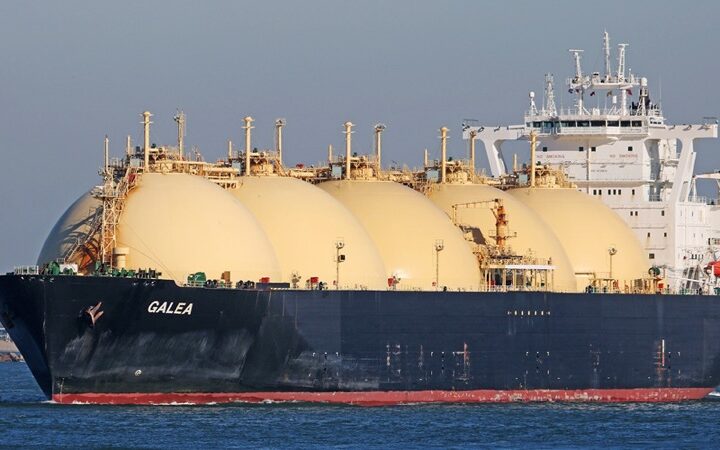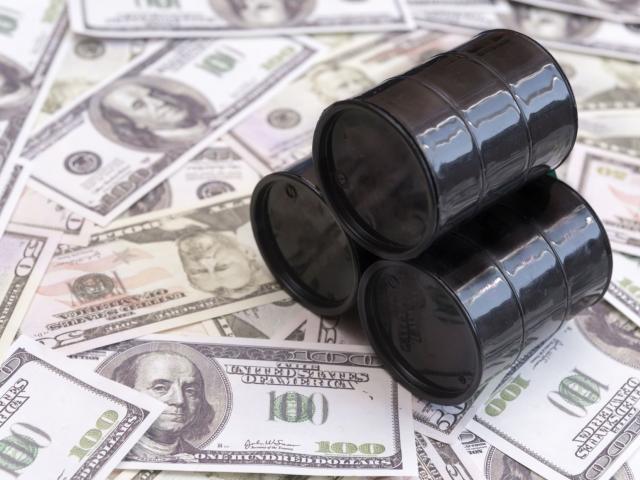By Simon Rabinovitch and Doug Young
Emerging economies in Asia may outperform developed markets on the road to recovery if their exporters can capitalise on rebounding growth in China to escape sluggish U.S. and European markets.
But some exporters and economies in the region are better placed to cash in on a recovery in Chinese demand than others, and China's rising tide won't lift all Asian boats.
Companies and countries which stand to benefit from China's infrastructure spending surge — the bulk of its $585 billion stimulus package — have grounds for optimism as demand for building equipment and materials soars, buoying firms such as Japan's Komatsu and Australian mining giant Rio Tinto
Those counting on Chinese consumers, though, may be grasping at a thin reed.
"It may be that the real beneficiaries of Chinese success are going to be Australia, South Africa, Brazil and Indonesia, maybe Peru and Chile, and less so Korea, Japan and others which are geared towards the U.S. consumer market, a much higher-end type of market," said Bill Belchere, chief Asian economist at Macquarie in Hong Kong.
China's consumer sector is worth $1.5 trillion, puny next to the combined $22 trillion size of the U.S. and European markets.
Roughly speaking, counterbalancing a 1 percent decline in rich-world retail sales would require a 15 percent increase in China — a disturbing reality for export-reliant economies.
Proof can be found in small, open Asian economies such as Singapore and Taiwan, where the brutal collapse in trade has caused gross domestic product to shrink by as much as 10 percent.
Silvia Liu, a Merrill Lynch economist in Hong Kong, said Asian exports were poised for a strong recovery over the next two quarters as companies rebuild depleted inventories in the G3 (the United States, Japan and European Union).
But she added a key caveat: no one knows when consumers will start spending again and if the demand will be sustained, which is key for a global recovery.
"That rebound could prove short-lived because we are talking about below-trend growth in the G3 for a number of years," Liu said. "The recovery is going to be a yo-yo and the momentum could lose steam in early 2010."
The International Monetary Fund (IMF) forecasts emerging economies will return to growth in the second half of this year but advanced economies are unlikely to follow until early 2010.
Hence the importance of decoupling from Western markets — or, more to the point, of coupling with China's growing needs. Differing company outlooks across Asia tell the tale.
ROADS NOT MALLS
As early as April, Rio Tinto said it expected a revival in demand for iron ore, its most profitable product, in the second half of this year on the back of a Chinese recovery.
"Australian suppliers were always going to benefit from any upswing in industrial activity in China," said James Wilson, a mining analyst with DJ Carmichael & Co in Perth.
Australia supplies over 40 percent of the iron ore consumed by China, and Chinese imports were at record levels, he noted.
Japanese construction machinery makers Komatsu and Hitachi Construction expect sales to decline in every region, except China, where they see double-digit sales growth resulting from Beijing's stimulus package. That boost will be enough to restore them to profit after they fell into the red in the final quarter of the last fiscal year.
Some of the biggest Asian players in consumer sectors, by contrast, envision a far more fragile recovery.
Japan's Panasonic, the world's top plasma TV maker, warned last month business plans could not rest on "unrealistic expectations". Samsung Electronics, the world's top maker of memory chips, has said there are signs of bottoming out, but it sees no evidence of a sharp rebound in demand.
Taiwan's technology firms, from chip foundries to PC makers, looked excitedly at a surge in exports to China earlier this year, but after a rush by their customers to restock inventories they are now being reminded of limp demand in bigger markets.
"There's a lot of talk about China coming in, but it's still a huge question mark about whether they are actually able to pick up the slack left behind by the U.S. and Europe," said Andrew Teng, an analyst at Taiwan International Securities.
"We're seeing very few signs of any growth in consumer demand, and I'm not sure what companies are going to do with their goods right now," he added.
Over 60 percent of China's imports from the rest of Asia are intermediate goods for processing that are eventually sold to developed markets, and thus are primarily dependent on the economic outlook in the United States and Europe.
"Asia has to figure out its own domestic way to grow. The export market is going to be there, but it is ultimately going to be a very stagnant, slow growing market," Belchere said.
And the suppliers of commodities China needs to drive its own growth are almost entirely non-Asian, from Brazil to Angola, countries that in turn would gladly consume relatively cheap Chinese goods, Qu Hongbin, HSBC's chief China economist, wrote in a recent note.
"China's recovery will offer only modest help for neighbouring Asian economies. We expect trade cycling between China and other main emerging markets to rise, setting the stage for a new world trade order."







